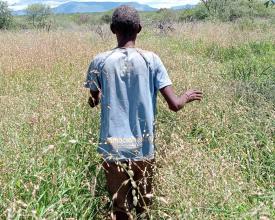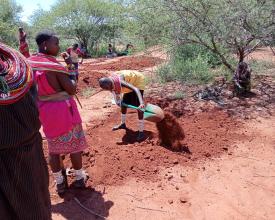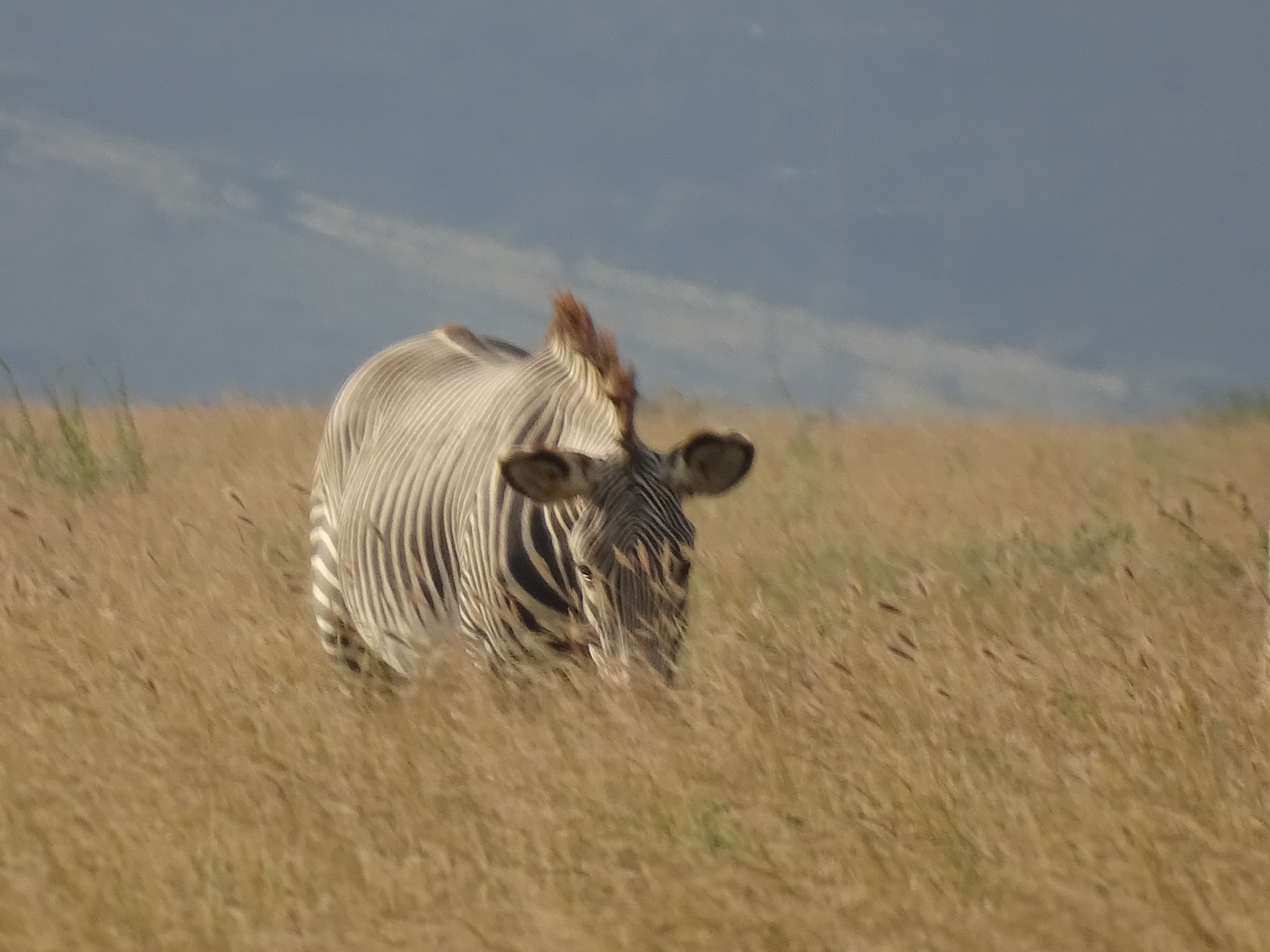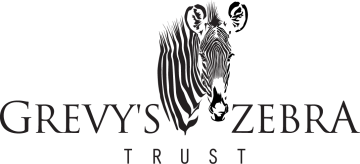
Rangeland Restoration for endangered species habitat recovery
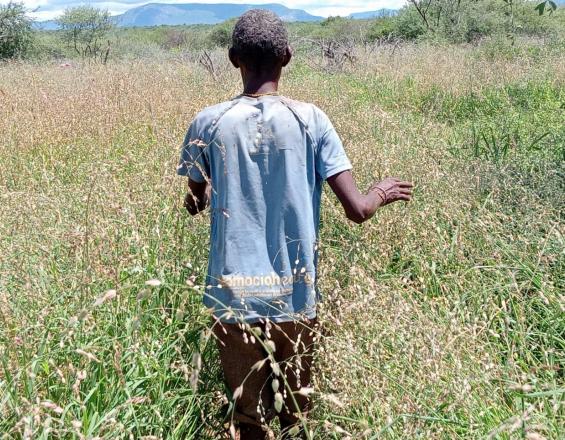
In 2022, an eco-literacy (healthy soil, abundant water and healthy plants) and Holistic land and livestock management education approach has been adopted in El barta, Samburu, in Northern Kenya to scale up land restoration efforts. This initiative was designed to educate communities on the importance of ecological processes and effects of herding. GZT, in collaboration with the community, implemented this strategy to address threats to human livelihoods and the loss of wildlife habitats. Key activities included constructing semicircular bunds to control runoff, clearing invasive species to create space for native vegetation, and planting perennial grass species.
This initiative has yielded numerous benefits: Grevy’s zebras have returned to their original habitats, livestock grazing conditions have improved, and women have gained an economic opportunity by harvesting and selling grass seeds. Additionally, partners contributed to the effort by constructing a hay store for the community, further supporting sustainable land use
Impacts
Our target is for ecosystem processes to become more effective, leading to improved pasture availability for Grevy's zebra through well-planned grazing and restoration efforts. We believe that we are well on the way towards this. Presently, women's participation in land management has inspired many stakeholders across the landscape, sparking collaboration and resource pooling to maximize the efficient use of available resources.
Partners such as World Vision have focused on specific contributions, including the construction of hay stores for the community. Similarly, USAID Nawiri has supported grass seed harvesting and provided a baling machine for hay production. Furthermore, the community has recognized the importance of realigning their settlements to open up grazing fields for both livestock and wildlife, fostering coexistence and sustainable resource management.
On the social impact, the availability of pastures through well-planned grazing has significantly reduced the movement of livestock from one area to another, tentatively fostering peaceful coexistence between communities that previously clashed over scarce resources. Additionally, keeping livestock closer to the community, particularly to the elderly and young children, has improved access to quality food. This is crucial for pastoralist communities, who largely rely on livestock products like milk for their sustenance.

